#oliver messel
Text

George Hoyningen-Huene. Oliver Messel, 1929
91 notes
·
View notes
Photo
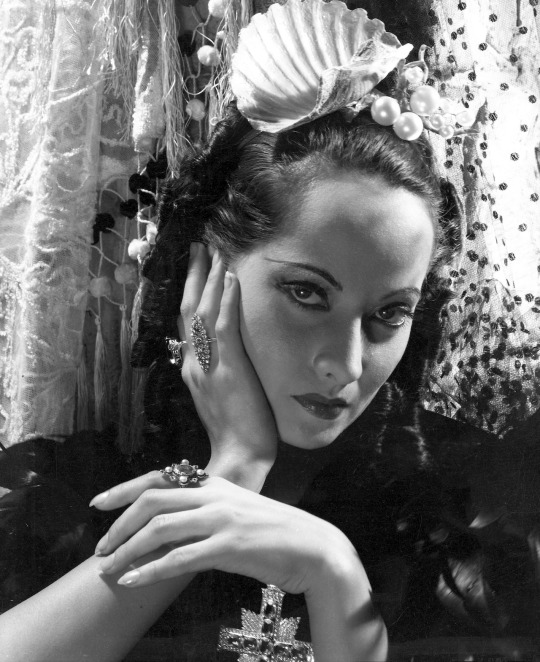
Merle Oberon wearing a pearl headdress designed by Cecil Beaton and costume by Oliver Messel, photograph by Cecil Beaton, 1934.
1K notes
·
View notes
Text






Olga “Oggie” Lynn (1882-1961), born Lowenthal, was a singer and singing teacher, who, despite being somewhat older than most of the Bright Young Things, was a staple of their circle. She was “short,” “dumpy,” and “jolly,” and would often host tableuax vivants for charity or sing at parties with “a rather sweet, pure little voice” when she wasn't giving lessons. She “was inclined to get into situations with which she could not cope and was always being helped by her friends,” chief among them Oliver Messel.
For a time, she lived together with Gladys Cooper, Lady Idina Sackville, and Tallulah Bankhead. According to Chips Channon, she and Tallulah Bankhead were “the queens of London's wickedest world — la haute lesbie [coterie of smart lesbians].” Her girlfriend, Maud “the Admiral” Nelson (1904-1969), though “unable to type,” was secretary first to Napier, Lord Alington, and then Cecil Beaton. It is undoubtedly Maud Nelson to whom Anthony Powell refers when he describes the mixed make-up of the parties of the age:
At one end of the scale there'd be quite smart people, Diana Cooperish sort of figures and so on. At the other there'd always be a lot of these girls who were sort of living on the margin — you know, they'd do a little modeling; at the same time they were not quite tarts but they were being half kept. And then it would tail off into the queer, almost criminal world — lesbians dressed as admirals, that sort of thing. (emphasis mine, qtd. in Taylor, Bright Young People)
As a Christmas present, in 1933, Baba and Cecil Beaton gifted Olga Lynn a scrapbook filled with signed photographs of their friends, giving us a glimpse of her social circle. It included Lady Idina Sackville; Violet, Duchess of Rutland; Gertrude Lawrence; Lady Diana Cooper; Napier, Lord Alington; Sir Michael Duff; Audrey Pleydell-Bouverie; and Viola Tree.


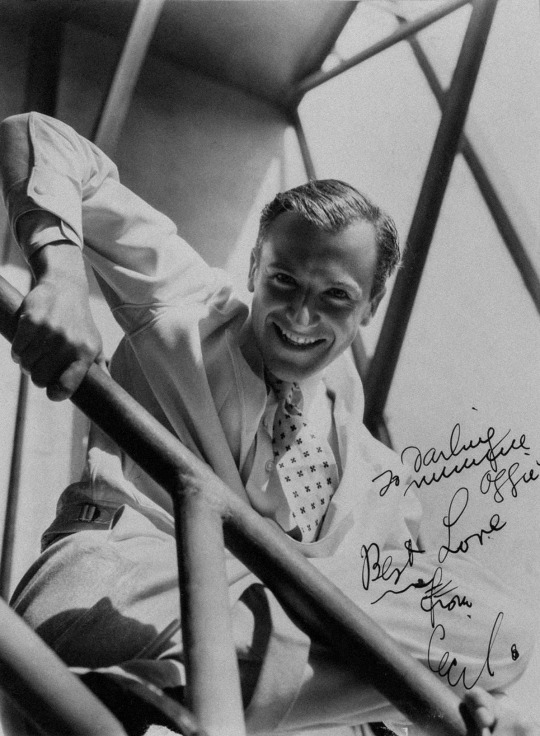
#olga lynn#bright young people#bright young things#ok get ready for my extensive tagging. here we go →#1920s#1930s#oliver messel#gladys cooper#idina sackville#tallulah bankhead#chips channon#maud nelson#napier alington#anthony powell#diana cooper#baba beaton#violet rutland#gertrude lawrence#michael duff#audrey pleydell-bouverie#viola tree#peter watson#lilia ralli#baba d'erlanger#charles james#tom mitford#info abt the photos & sources in alt!#🕰️
37 notes
·
View notes
Photo
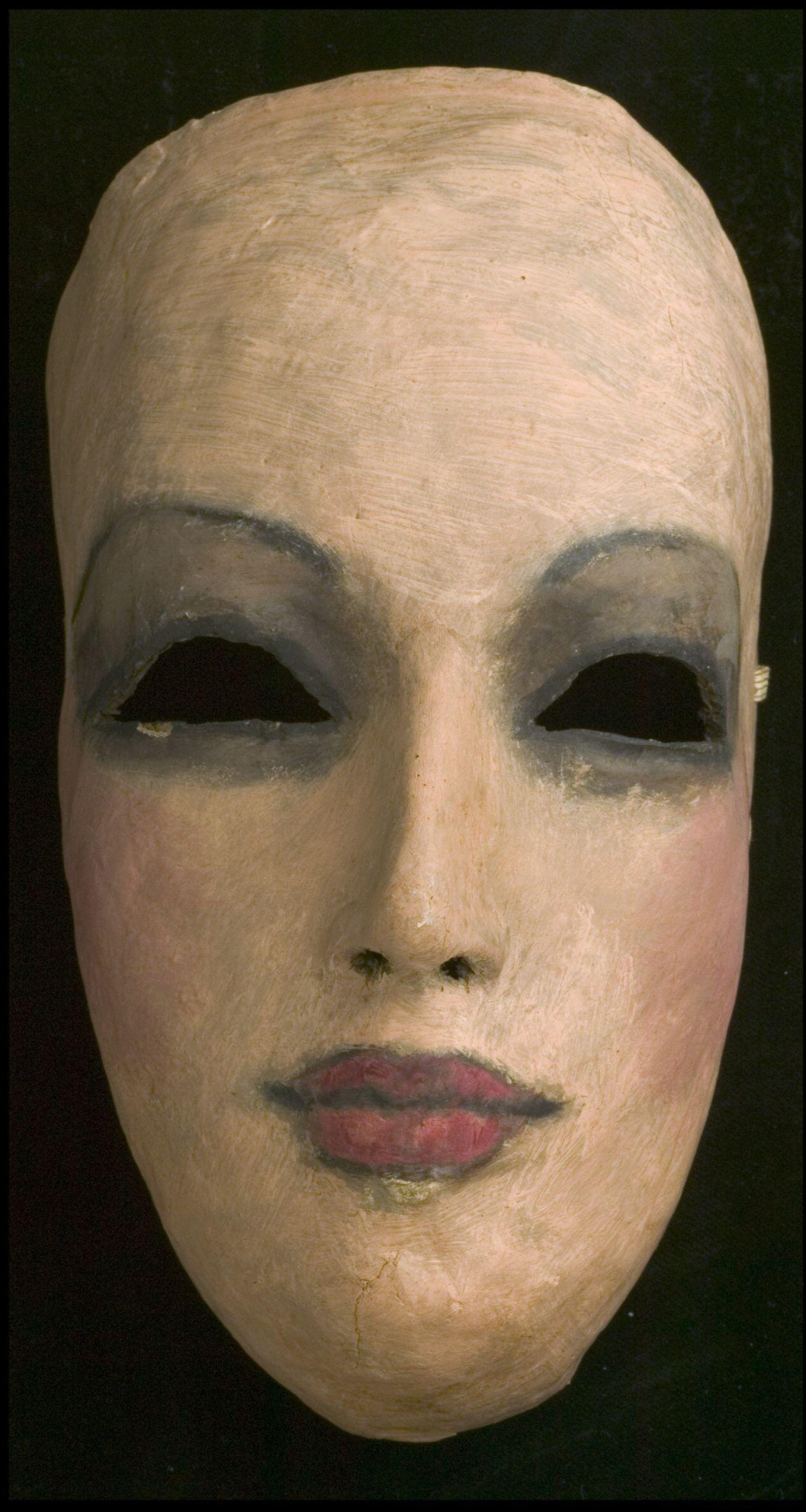
A mask by Oliver Messel, possibly for a member of the chorus in Dance Little Lady. Made from papier maché and painted and glazed. An elastic band at the back to attach the mask to a face. ca. 1928
#this is kinda creepy scary unsettling so I don't want to scare creep out scare unsettle anyone with this one#scary#uncanny valley#creepy#masks#papier maché#paintings#oliver messel#london#britain#england#europe#1920s#interwar period#costumes#Oliver Messel was Edward Linely Sambournes grandson. huh
75 notes
·
View notes
Text
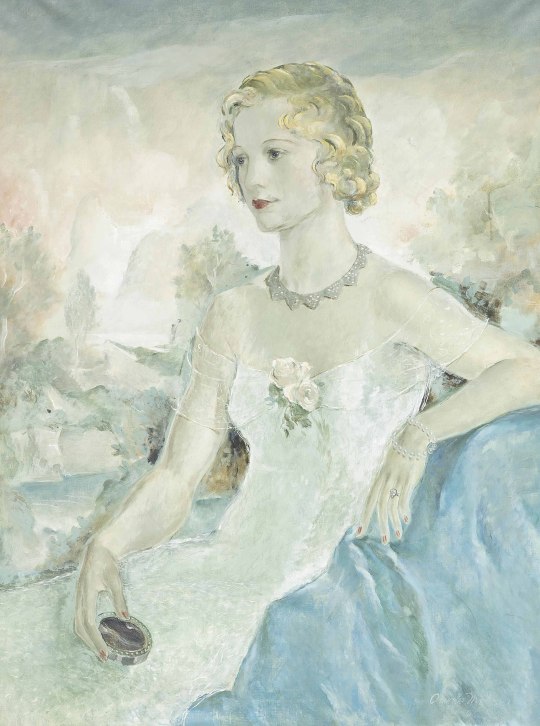
Oliver Messel - Portrait of Adrianne Allen
9 notes
·
View notes
Photo

Marguerite Blakeney (Merle Oberon) Portrait dress.. The Scarlet Pimpernel (1934).. Costume by Oliver Messel.
51 notes
·
View notes
Text
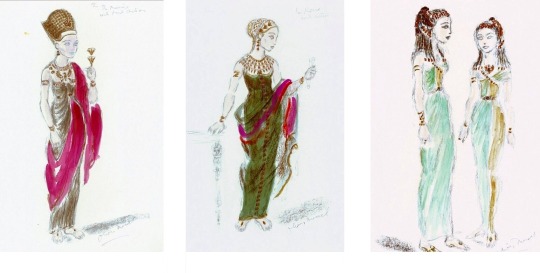
#elizabeth taylor#liz taylor#violet eyes#1960's#cleopatra#pinewood cleopatra#concept art#costume design#films#oliver messel
3 notes
·
View notes
Photo

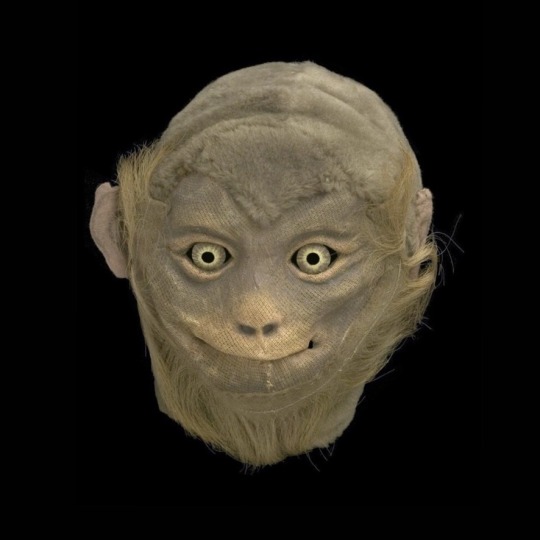




Masks designed by Oliver Hilary Sambourne Messel, 1920-1929.
1 • 2 • 3 • 4 • 5 • 6
3 notes
·
View notes
Text


Vivien Leigh as Titania in A Midsummer
Night's Dream, The Old Vic, 1937 (colorized)
The 1937 Christmas production was directed by
Tyrone Guthrie, with sets and costumes by Oliver Messel. Shakespeare's play was presented as an affectionate Victorian pastiche, and included large choruses of muslin-clad fairies flying in on wires.
Mendelssohn's famous incidental music was much in evidence, with choreography by Ninette de Valois. Vivien Leigh's Oberon was played by
Robert Helpmann, Ralph Richardson played
Bottom, and Gordon Miller, Puck.
*** Titania's fairy crown, designed by Oliver Messel and worn by Vivien Leigh
#vintage photography#vintage#old photo#black and white photography#vintage fashion#colorized#colorized photo#vivien leigh#midsummer night's dream#1930s#1937#shakespeare#fairycore#fairy costume#vintage costume#costume design#fairies#victorian#stageplay#costume#fairy wings#wings#the old vic#titania#oberon#puck#fairycrown#all hail the queen#vintage hollywood#onstage
2K notes
·
View notes
Text

Society photographer Cecil Beaton with the wealthy art collector and benefactor Peter Watson and Peter’s lover the stage designer Oliver Messel.
115 notes
·
View notes
Text

Apollonia van Ravenstein photographed at Oliver Messel’s house in Barbados wearing Saint Laurent Rive Gauche. British Vogue, July 1973.
Photographer: Norman Parkinson
#Apollonia van Ravenstein#Saint Laurent Rive Gauche#vogue#1970s#fashion#fashion history#Norman Parkinson#photography#model
35 notes
·
View notes
Text

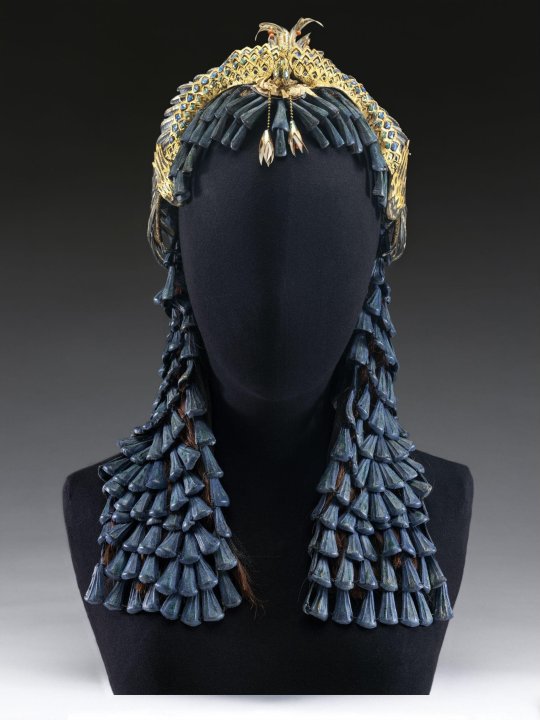
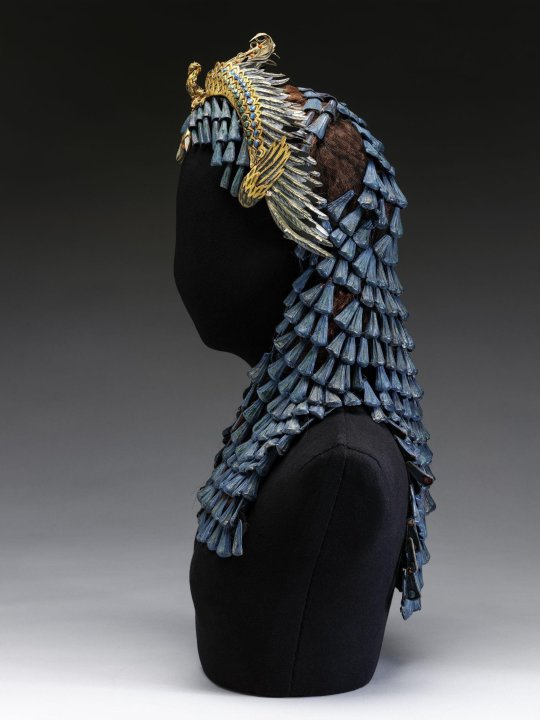



Oliver Messel, Headdress and wig designed for Vivien Leigh in Caesar and Cleopatra, 1945 (Victoria & Albert Museum, London)
72 notes
·
View notes
Photo
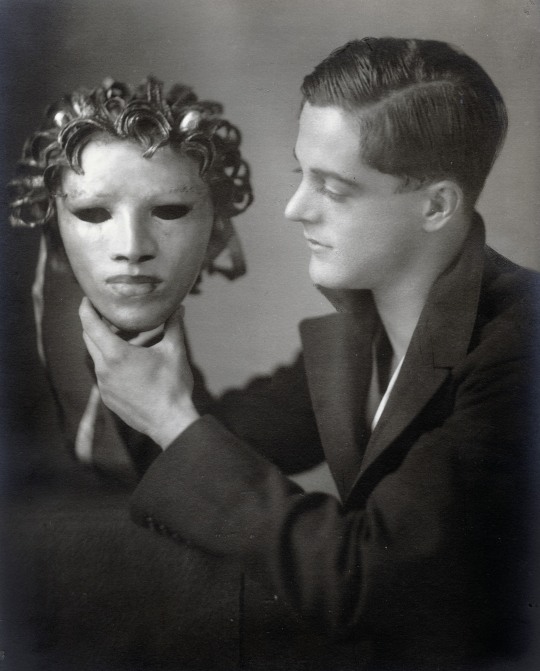
Fenwick Cutting -Oliver Messel with one of his theatre masks, c. 1926
142 notes
·
View notes
Text
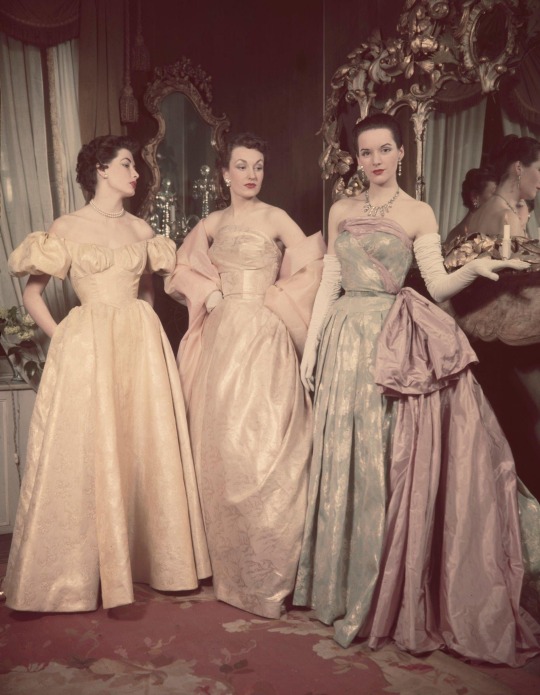
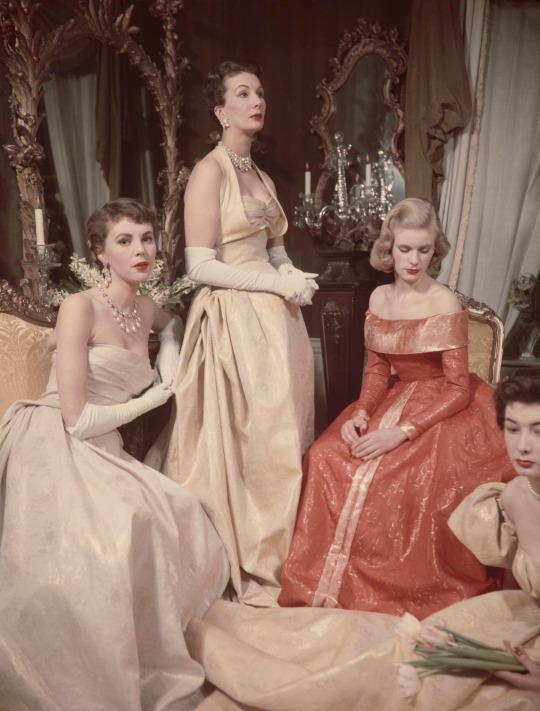
Three female models, including Barbara Goalen in centre, wear evening gowns entitled 'Gold Acorn', 'Jewels' and 'Twigs', made with silk fabric by Oliver Messel, at Sekers Fabrics in Bruton Street, London in February 1953.
Three female models, including from left, Pamela Crampton, Barbara Goalen and Sally Ann Vivian wear two evening gowns in silk by John Cavanagh and a third, on right, by Worth, in which the top of the gown is turned over to show the reverse side of the fabric, at Sekers Fabrics in Bruton Street, London in February 1953.
70 notes
·
View notes
Text

The King’s cousin David Linley on his new career
The Times article by Lisa Grainger | Published 25 January 2023
The Earl of Snowdon talks to Lisa Grainger about his book on English crafts, and mentoring future creators at his furniture-making college at Highgrove
There aren’t many people who’ll admit that crafts can reduce them to tears. The Earl of Snowdon is one of them. At one event, he recalls, musicians including Jeff Beck, Mike Rutherford and the Clash were invited to meet and interact with “incredible luthiers, who make violins and guitars and cellos”. It was “just magical”, he says. “It really did bring a tear to the eye . . .”
Since David Linley, King Charles III’s cousin, became the first royal to follow a vocation — producing handmade furniture — and set up an eponymous business, he has been one of Britain’s most vocal champions of crafts. Which is why he wrote a book, Craft Britain: Why Making Matters, co-authored by Helen Chislett, to bring attention to extraordinary craftspeople around the country.
The glossy tome, with an erudite introduction by the design writer Stephen Bayley, is not only a directory of all the key crafts organisations from Cornwall to the Hebrides but a compendium of some of our nation’s most remarkable makers. It takes in embroiderers based in Hampton Court Palace and chair craftsmen from Orkney, leather sculptors and cobblers, marquetry specialists and even a whip-maker.
Sadly, Chislett says, some crafts were left out of the book because the skills have died out. For instance, England no longer has a cricket ball manufacturer even though the game was invented here, “and we probably won’t make bats for much longer”. Hand-stitched kilt-making is on the Heritage Crafts Association Red List of Endangered Crafts, as is neon sign-making; even bell-making is on its way out, with churchgoing declining.
On the other hand, there are crafts that are growing. Ceramic-makers, for instance, have sprung up in the southwest of the country. In Newcastle metalworkers whose families previously might have made ships are constructing metal furniture. Chislett adds that crafts fairs are becoming increasingly popular, particularly with the younger generation. “They’re a lot more into sustainability . . . and you are less likely to throw something away if you know who made it.”
There’s a growing appreciation of bespoke objects at the very high end of the market, Linley says. At his furniture company (from which he resigned in November) clients loved coming in to commission bespoke pieces with little quirks: a secret drawer with a martini shaker in it, or an inkwell filled with a specific colour of ink. “You can fantasise about what you like and get someone to bring it to life,” he says.
His own London home — “a little flat, which I am very lucky to have” — is filled with handcrafted items that have meaning: a pair of candlesticks that belonged to his theatre-designer uncle Oliver Messel; cushions embroidered by British seamstresses; tables turned by fellow carpenters; a pair of bespoke British shoes made “in precisely the colour and style and shape I like”. Each of them feels special, because “there is something rather lovely about a piece that’s come from the hand of a human”, he says. “It resonates with the human spirit.”
The next part of Linley’s professional journey, he says, will be nurturing others who want to work with their hands. At Street Farm at Highgrove, the Gloucestershire home of the King, an old barn has been converted into the Snowdon School of Furniture, where Linley is going to help to mentor the next generation of furniture-makers. “I am 61 now,” he says, “and it’s time to step back and allow the young people at Linley do things how they want. I have worked all my life creating a brand. And I can now do things for the Prince’s Foundation that are enjoyable and freeing.”
Having made furniture for almost 40 years, Linley says he’s relishing the fact that crafts are becoming more mainstream. “Today you’ll hear Tracey Emin talk about craft, and even sportsmen. This morning on Radio 4 a commentator was talking about a footballer as a craftsman and comparing him to Picasso. That might have been a comparison too far — but there is now far more recognition of the skills needed to do something well. And that can only be a good thing.”
51 notes
·
View notes
